Qamishli International Airport: A Symbol of Change and Hope in Syria’s Northeast
BETH ZALIN, North and East Syria — Qamishli International Airport lies at the heart of Syria’s northeast and has become a potent symbol of the region’s changing politics. In recent weeks, local authorities have rebranded the facility with welcome signs in Syriac, Kurdish, Arabic, and English, a move in line with policy of the Democratic Autonomous Administration of the Region of North and East Syria (DAARNES) that official documents and administrative signage be representative of the region’s diversity. The new signage at the airport also comes at a time of political negotiation between DAARNES and the predominantly Sunni Arab caretaker government.
Opened in the 1950s as a regional terminal serving northeast Syria, Qamishli International Airport is strategically located near the borders with Turkey and Iraq. At its peak, it provided vital connections to Daramsuq (Damascus), Holeb (Aleppo), and even international destinations via connecting flights. The airport was a lifeline for border communities far from Syria’s heartland, particularly benefiting Syriac (Aramean–Assyrian–Chaldean), Kurdish, and Arab populations in Beth Zalin (Qamishli), Dayrik (Derik / Malikiyah), and Hasakah.
Before the war, the airport handled tens of thousands of passengers annually. For many in North and East Syria — an area largely marginalized even in times of peace — it was the only practical link to the rest of the country and, by extension, the wider world. Students relied on it to reach universities in Holeb and Latakia. Families traveled to the capital for medical treatment. It was an essential hub for pilgrims during the Hajj season. For Syriac (Aramean–Assyrian–Chaldean) and Armenian diaspora families, the airport often served as the gateway to their ancestral lands.
With the outbreak of civil war in 2011, everything changed.
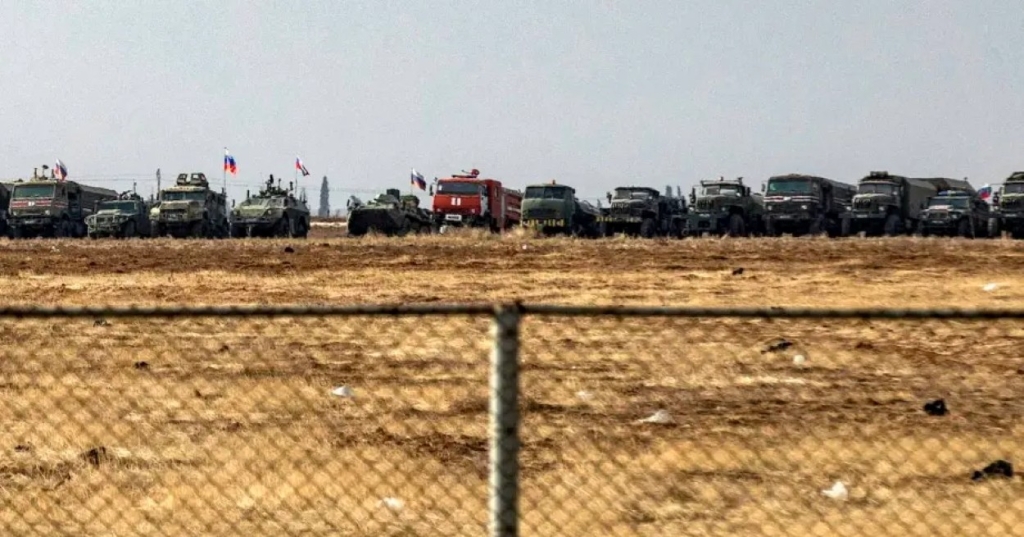
Before 2011, Qamishli Airport served as a regional air hub and even hosted seasonal international charters. For example, members of the German and Swedish diasporas frequently booked flights there, though services were always limited. However, the civil war and subsequent sanctions began to curtail operations. International flights ceased, and the state-run airport became one of the few remaining links between Hasakah province and government-controlled Syria. After a brief closure around 2015, it reopened for domestic travel. By the late 2010s, Syrian carriers like Cham Wings and Syrian Air were operating flights to Daramsuq, Latakia, and Beirut. The runway, measuring 3,615 meters of asphalt, remains capable of accommodating medium-sized airliners.
The war, however, left its mark. In January 2016, reports emerged that Russia had deployed military helicopters to the airport, potentially establishing a new base. “We saw helicopters take off with no warning,” recalls a now-retired air traffic worker who requested anonymity. “Sometimes, officers would arrive, and you just knew something was about to happen. It didn’t feel like an airport anymore — it felt like a fortress.”
In practice, the regime maintained nominal control over the airport despite nearly all of the city being governed by the DAARNES. For years, the Syrian army detained people at the nearby Chirkin prison, and intermittent skirmishes in and around Beth Zalin kept tensions high.
Over the past two years, the military dynamics shifted significantly. A swift offensive by Syrian revolutionary factions, organized under the Military Operations Command led by Hay’at Tahrir al-Sham (HTS) and supported by Turkey-backed groups within the Syrian National Army (SNA), targeted the regime’s forces in Edleb (Idlib), Holeb, and Hemto (Hama). This campaign, codenamed “Deterrence of Aggression” by HTS, marked the first major opposition-led military operation since the March 2020 Edleb ceasefire. Initially localized to towns in the Edleb and Holeb countryside, the campaign expanded into a nationwide effort that ultimately ousted Assad by late 2024.
As a result, the Syrian Democratic Forces (SDF) gained control of Beth Zalin and its airport. On 7 December 2024, the SDF entered the area following the withdrawal of regime forces. Within days, Israeli airstrikes reportedly targeted ammunition depots at the airfield, and Russian transport planes departed by mid-December. Today, the airport is largely under the control of local SDF units.
Infrastructure: Capacity, Readiness, and Challenges
Much of the airport’s infrastructure has survived the fighting. Despite isolated damage to fuel trucks and some buildings, the long runway and apron remain intact. Restoration efforts would need to focus on recalibrating navigation aids, repairing the control tower and lighting systems, and staffing the facility with certified air traffic controllers. Local aviation engineers report that the airstrip is in relatively good condition, though the instruments and communication systems require significant renewal. For now, “technical readiness” remains limited, as the airport lacks a certified air traffic control unit and an on-site firefighting crew.
Nevertheless, aviation experts estimate that with an investment of approximately $5 million, the airport could resume basic operations. The larger obstacle, however, is political.
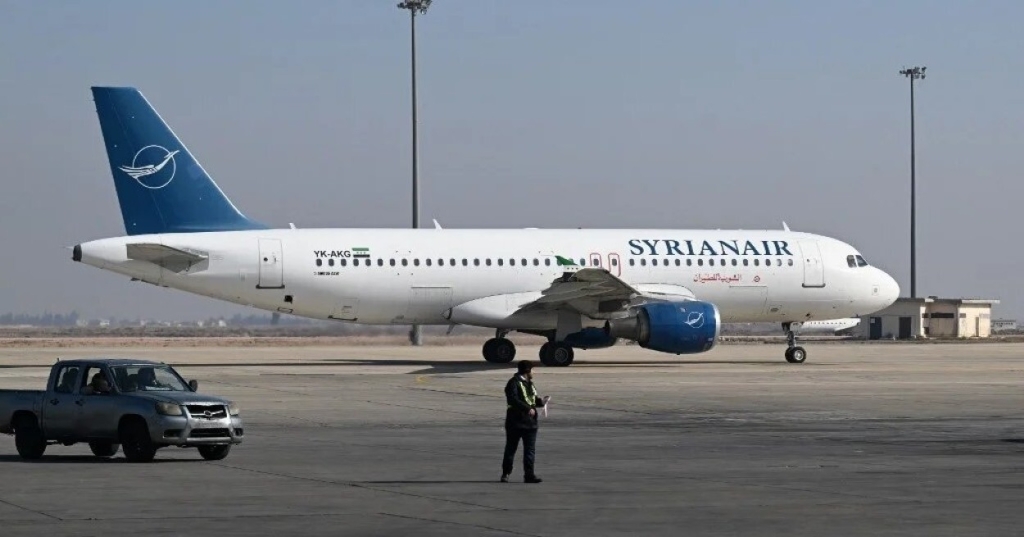
“There are models worldwide, like Erbil or Sulaymaniyah, where regional airports operate under national sovereignty with decentralized control,” explained aviation consultant and former International Civil Aviation Organization (ICAO) liaison officer Jalal Khalaf. “The question is: does Damascus want that for Qamishli? And would Turkey or Iraq allow flights to and from it?”
Customs and fuel also present significant challenges. Before the war, Syrian customs and revenue authorities operated a small checkpoint at Zalin (Qamishli). Today, however, there are no official international customs or immigration services in areas administered by DAARNES. For international flights to resume, a formal arrangement would need to be established: either new local customs systems or reliance on a shuttle system through a neighboring country.
Fuel availability is another pressing issue. Prior to 2011, Jet A-1 fuel was supplied from regime-controlled depots or transported by trucks. Since 2015, however, North and East Syria has faced chronic fuel shortages. Local officials point out that nearby DAARNES-controlled oil fields could, in theory, supply aviation fuel. The Rmeilan refinery, although rudimentary, could potentially be adapted to produce Jet A-1 fuel. However, this would require the re-establishment of pipelines and long-term contracts. Until then, small quantities of kerosene transported by trucks from Turkey or government-controlled areas remain the only viable option.
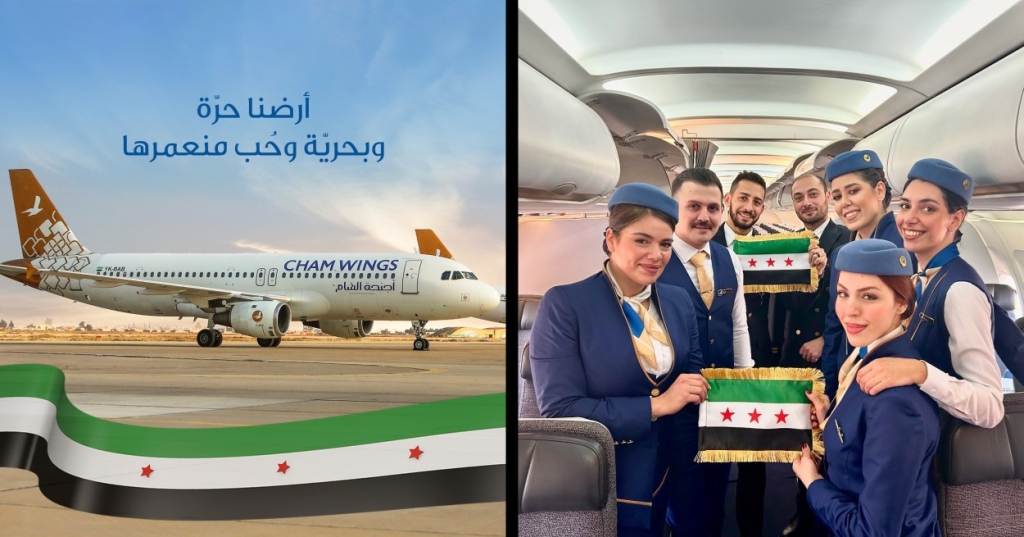
Meanwhile, local technical capacity is inconsistent. Although some buildings at the airport still display the Syrian government logo, staff from DAARNES report ongoing efforts to train replacements. “We have skilled technicians and pilots in Hasakah,” a former administrator at Qamishli Airport told a SyriacPress reporter. In practical terms, however, many experienced personnel have fled Syria, leaving significant gaps. Reopening the airport will require recruiting and vetting new staff — from air traffic controllers to ground crews — and potentially hiring outside experts. Upgrading critical systems, including radio communication, radar, and runway markers, remains a priority. In short, while the core runway is operational, achieving full civil aviation readiness will require months of dedicated work.
Eyes Across the Border
Just across the Turkish border, Mardin International Airport highlights the potential impact of reopening Qamishli Airport. In late May 2025, Turkey upgraded Merde (Mardin) to full international status, a move widely celebrated by the Syriac (Aramean–Assyrian–Chaldean) and Kurdish diasporas. For decades, expatriates from the region have relied on Merde for air travel, and its new routes to Istanbul and Europe have significantly eased connectivity.
In contrast, the defunct Qamishli Airport forces residents of North and East Syria to take time-consuming detours. Many must either drive to Daramsuq or cross into Iraq or Turkey by land. Reopening Qamishli Airport could similarly reconnect the region’s diverse population — Kurds, Arabs, Syriacs (Arameans–Assyrians–Chaldeans), and others — with family, education, and markets.
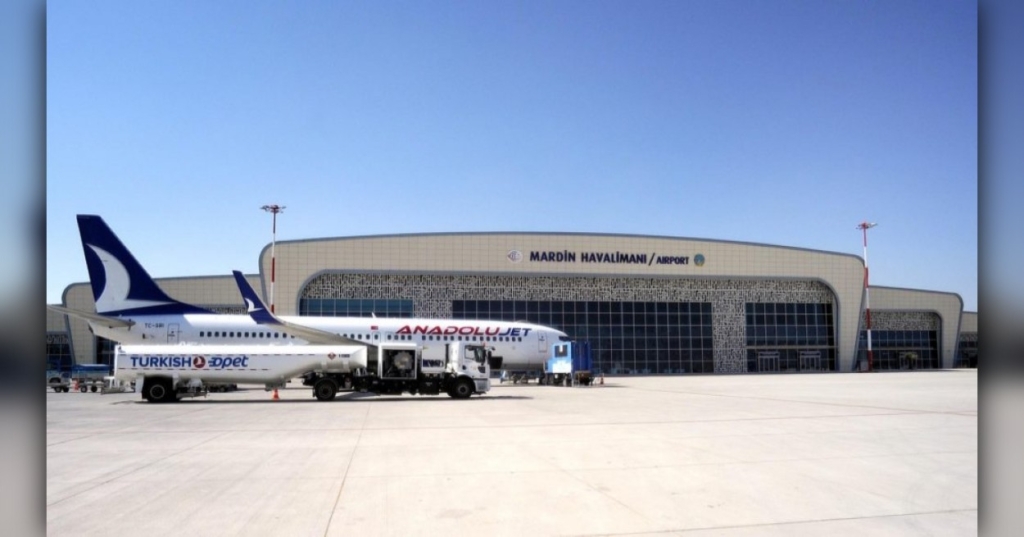
For example, thousands of students from Hasakah Province studying in Daramsuq, Beirut, and farther abroad currently endure lengthy road or bus journeys. A functional airport in Beth Zalin would drastically reduce travel time. Similarly, cancer patients traveling overland to Holeb or Jordan for treatment could instead fly directly to specialized hospitals in Daramsuq or Beirut. A safe and direct air route could also encourage Syrians in Europe — many from Syriac (Aramean–Assyrian–Chaldean) and Kurdish communities — to visit home more frequently. Analysts suggest that reopening Qamishli Airport would boost investment and facilitate returns for eager émigrés.
The airport could also catalyze economic revival. It could potentially serve light cargo operations, such as exporting fresh produce or livestock to Turkey and Iraq, while encouraging infrastructure development like rebuilding the adjacent highway, hotels, and border facilities. Business leaders argue that a revitalized Qamishli Airport could integrate northeast Syria into regional trade networks, potentially attracting small airlines from Iraq or Lebanon offering charter or low-cost flights, as Cham Wings and some Iraqi carriers did before the war.
Security and Governance at the Airfield
Who guards Qamishli Airport today? The facility is currently controlled by SDF-led forces supported by the US-led International Coalition. Units of the Internal security Forces (ISF) patrol the area, while the Syriac Military Council (Mawtbo Fulhoyo Suryoyo, MFS) maintains the perimeter. Since 2018, US and French special forces have been stationed in nearby Hasakah and Raqqa to train and advise SDF units. A December 2024 Reuters report quoted US commanders stating that American troops would remain in northeastern Syria “as part of a counter-terrorism mission,” continuing their close coordination with Kurdish forces. Similarly, French troops, redeployed in 2020, occupy bases in Hasakah and provide training and intelligence support to the SDF. British officers are also reportedly liaising quietly with partners in North and East Syria.
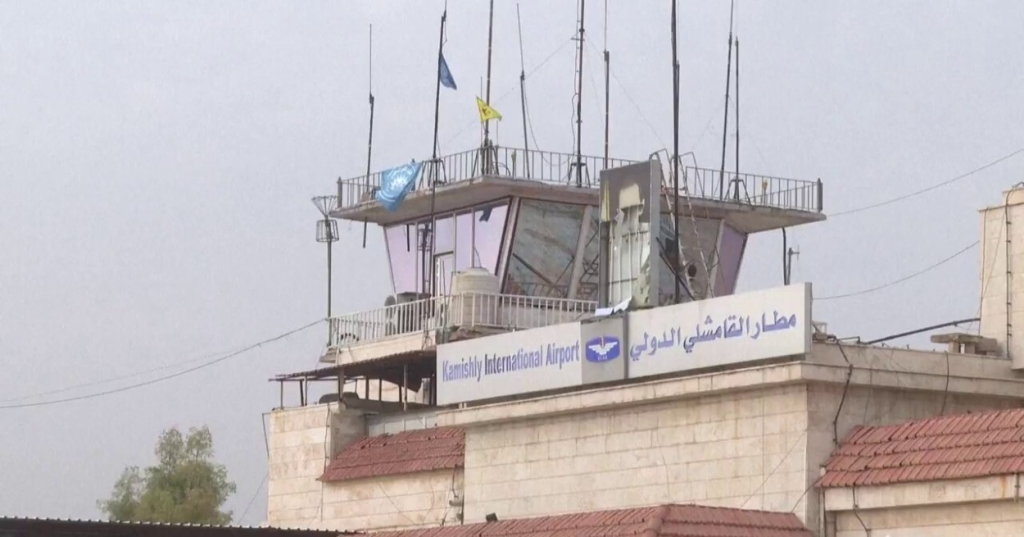
This multilayered security structure ensures that Qamishli Airport is far from a wild frontier. Any commercial operation would require approval from both DAARNES’s Civil Aviation Authority, once it becomes formally established, and the Syrian Ministry of Defense. SDF commanders have expressed a willingness to cooperate with the central government on airspace management. Under the March 2025 interim agreement, Daramsuq retains control over all northeastern airspace, potentially leading to the establishment of a joint air traffic authority.
US, French, and likely British intelligence services are expected to closely monitor developments. While safe and regular civilian flights could bolster security by disrupting smuggling and jihadist activities, any security lapse might escalate tensions. Publicly, all parties stress that the airport is a humanitarian and civilian facility, not a military installation. However, given the conflict’s legacy, the airport’s perimeter remains fenced, with active surveillance cameras and strict security screening processes. Coalition advisers continue to provide on-ground support to uphold these measures.
Humanitarian and Economic Prospects
For the more than 3 million people living in North and East Syria, the lack of a functioning regional airport imposes significant hardships.
Traveling from Beth Zalin to Daramsuq remains prohibitively expensive and fraught with risks. Most travelers must pass through multiple checkpoints, often crossing lines between Syrian Government and SDF-controlled territories. Buses take up to 14 hours for the overland journey. The alternative — flying from Erbil in the neighboring Kurdistan Region of Iraq (KRI) — requires a border crossing, a visa, and often days of waiting.
Roqaya Mahmoud, a university student from Amuda studying medicine in Daramsuq, described her trips home as exhausting and terrifying. “My last trip back took three days. I even slept in a taxi in Tabqa,” she said. “If the airport were open, I’d be home in two hours. But that feels like a fantasy.”
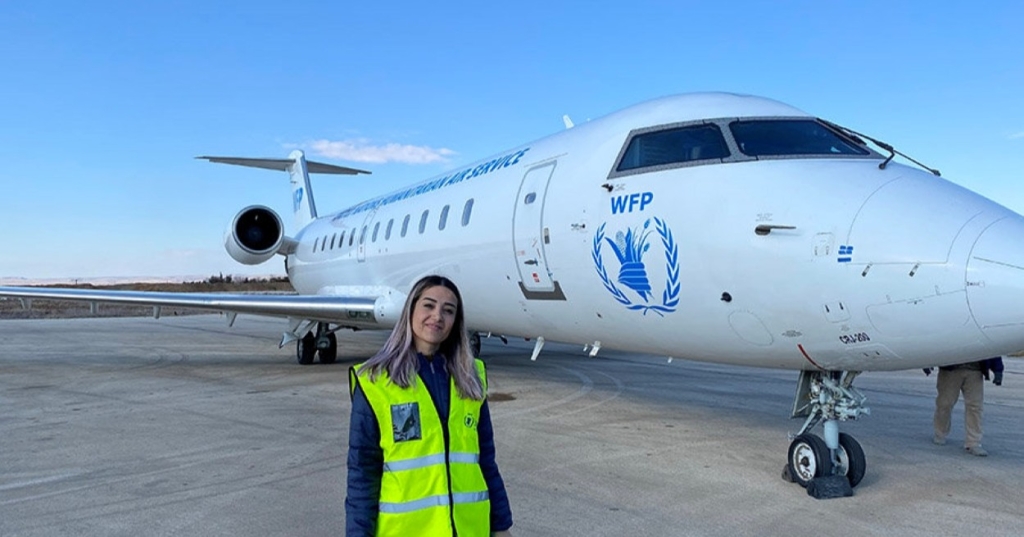
The economic impact is also substantial. Farmers, traders, NGOs, and UN agencies operating in the region lack efficient cargo or personnel transit options. “A medical shipment from Damascus takes days to arrive,” said a logistics officer with an international aid group. “For urgent medicine or vaccines, that’s a serious problem.”
Reopening Qamishli Airport holds clear humanitarian benefits. It could serve as a lifeline for medical emergencies, connecting remote patients with specialists. Aid agencies emphasize that North and East Syria has long suffered from isolation. When roads are flooded or blocked, an operational airport could receive emergency medical teams or humanitarian cargo directly from Daramsuq or abroad, as it once did. For example, if fighting cuts off a highway, aircraft could deliver blood supplies or evacuate casualties.
“The people of northeast Syria deserve access to the sky like any other citizens,” said Salih Muslim, a senior official in the Movement for a Democratic Society (TEV-DEM). “Qamishli Airport should serve the people — not remain a relic of authoritarian centralism.”
The civilian population would benefit in numerous ways: farmers could export pistachios and livestock; unemployed youth might find jobs in aviation and related services, and local hotels and merchants would experience increased business. Restoring airport operations could also become a symbol of progress for the new administration, signifying a return to normalcy. As one young Hasakah resident expressed during a community meeting, “We want our airport open so we can finally fly again.”
At the political level, Qamishli Airport represents the broader future of the northeast. Its reopening would serve as a tangible step toward reconnecting Syria’s northeast with the rest of the country and the world. While it is likely that the airport will ultimately come under Daramsuq’s legal control in a final political settlement, local leaders and foreign partners hold the keys to ensuring that flights are safe and regular in the near term.
If successfully reopened, Qamishli Airport could help bridge divides, unite communities, and improve livelihoods, even as it stands as a watchful sentinel in the newfound calm of a post-conflict landscape.





















